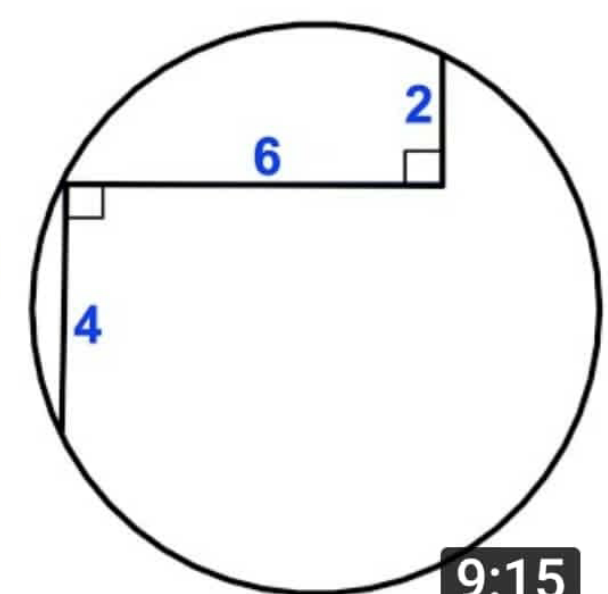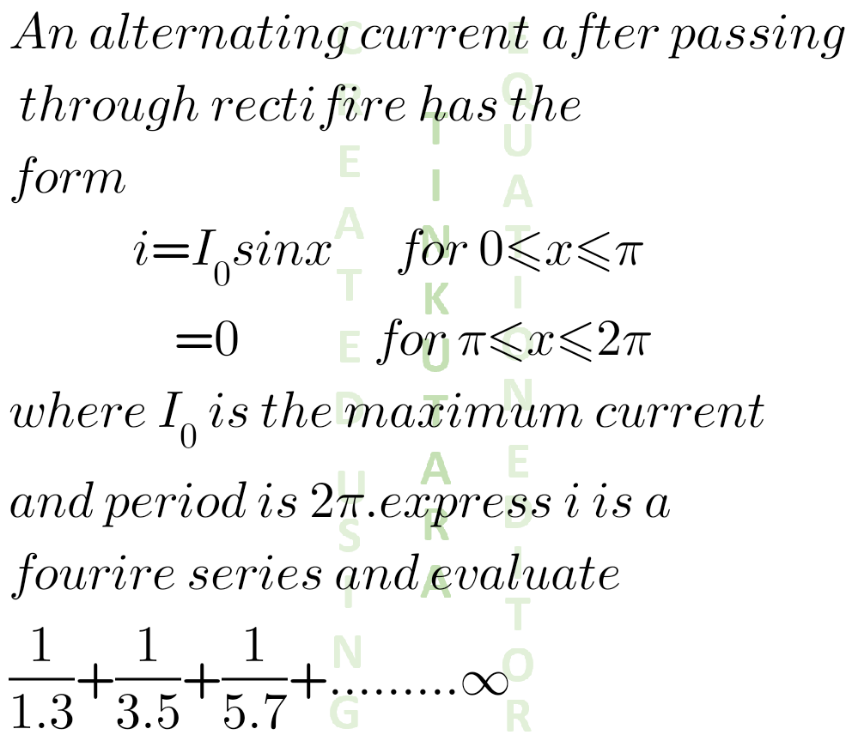
OthersQuestion and Answers: Page 44
Question Number 138299 Answers: 2 Comments: 0

Question Number 138254 Answers: 0 Comments: 10

Question Number 138193 Answers: 1 Comments: 0
Question Number 138159 Answers: 1 Comments: 0

Question Number 138062 Answers: 2 Comments: 0

Question Number 138017 Answers: 0 Comments: 0

Question Number 137982 Answers: 5 Comments: 1
Question Number 137751 Answers: 0 Comments: 0

Question Number 137750 Answers: 0 Comments: 2

Question Number 137746 Answers: 1 Comments: 0

Question Number 137645 Answers: 1 Comments: 0
Question Number 137641 Answers: 1 Comments: 0

Question Number 137637 Answers: 0 Comments: 0
Question Number 137634 Answers: 1 Comments: 0
Question Number 137618 Answers: 1 Comments: 2

Question Number 137598 Answers: 0 Comments: 0

Question Number 137545 Answers: 0 Comments: 0

Question Number 137528 Answers: 3 Comments: 1

Question Number 137437 Answers: 2 Comments: 0

Question Number 137403 Answers: 1 Comments: 1

Question Number 137384 Answers: 0 Comments: 4

Question Number 137353 Answers: 1 Comments: 0
Question Number 137332 Answers: 0 Comments: 0

Question Number 137316 Answers: 0 Comments: 0
Question Number 137252 Answers: 1 Comments: 0
Question Number 137191 Answers: 0 Comments: 0
